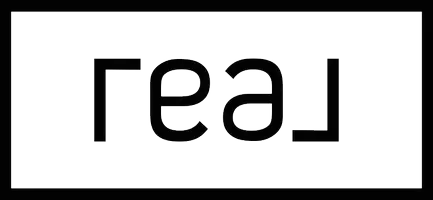Zillow Won’t Cut It: Here’s How to Find Your Real Value
Zillow and online estimates are fun party tricks. They give you a number fast and look impressive on your phone. But they only see surface data. Your real value? That depends on a handful of things no algorithm can reliably judge: location quirks, the condition of your place, the quality of upgrades, and what local buyers are willing to pay right now.
Why online estimates are rough
Those instant estimates pull public records and recent sales, then slap on a formula. That formula doesn’t walk through your front door. It can’t tell if your kitchen was just remodeled, if the roof leaks, or if your home backs to a noisy street. It also can’t read micro-market signals like new employers moving in or a sudden surge of buyers in your specific neighborhood.
What actually moves the needle
- Location — not just the city, but the block: A quiet tree-lined street beats a busy corner every time.
- Condition: Fresh paint, functioning systems, and no hidden repairs make buyers comfortable. Comfort buys premium.
- Upgrades — and their quality: A cheap DIY counter won’t equal a professional remodel. Buyers notice.
- Local demand and timing: If three buyers want your exact floor plan next month, estimates go up fast.
- Comparable sales: Recent, truly comparable sales are the baseline. Not every “sold” listing is a fair comparison.
How a real valuation is done (the non-magic way)
Here’s what I do when I value a home for a client. No fluff, just facts:
- Walk through the home to see condition and upgrades up close.
- Pull truly comparable sales within a tight radius and time window.
- Adjust for differences — square footage, lot size, views, and updates.
- Factor in current buyer activity and local inventory that week.
- Recommend minor fixes or staging that could add real dollars.
Quick checks you can do right now
Want to separate guesswork from reality before you DM me? Try these:
- Look at sold homes in a one-mile radius from the last 90 days.
- Compare your finished square footage and bedroom count to those homes.
- Note how long comparable homes sat on market — short time usually means a stronger market.
- Walk the street. If similar homes are updated and selling fast, that’s a good sign.
Ready for an honest number?
If you want a real, custom valuation — not a generic estimate — send me a DM. I’ll walk your place virtually or in person, run the right comps, and tell you what buyers would actually pay today. No pressure, no jargon, just the truth. And hey, tag that friend who’s sitting on a goldmine and doesn’t even know it. They’ll thank you later when their house turns into instant equity.
Want the full breakdown for your street? DM me and I’ll send a valuation you can trust.
Accurate Home Valuation vs Zillow: How to Find Your Home’s True Market Value
Categories
Recent Posts
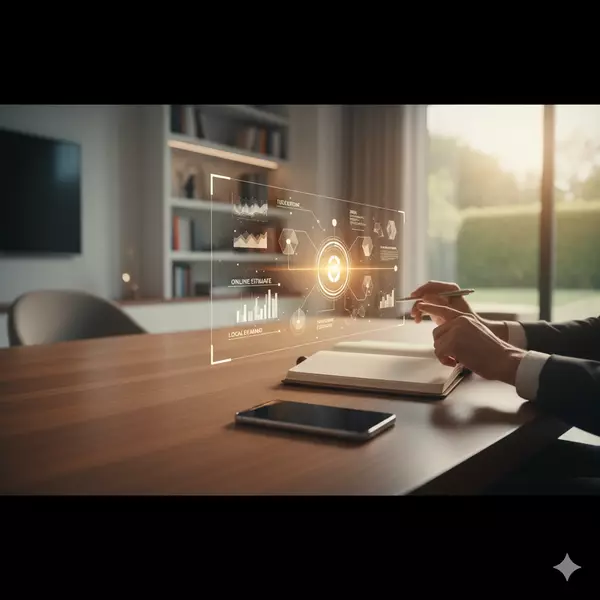
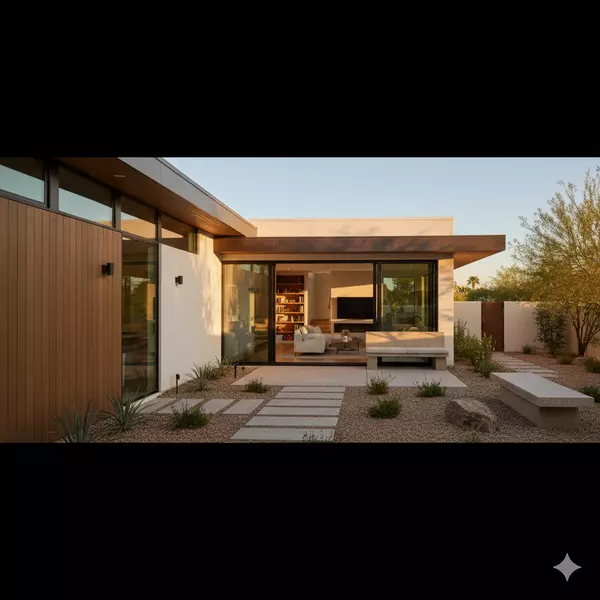
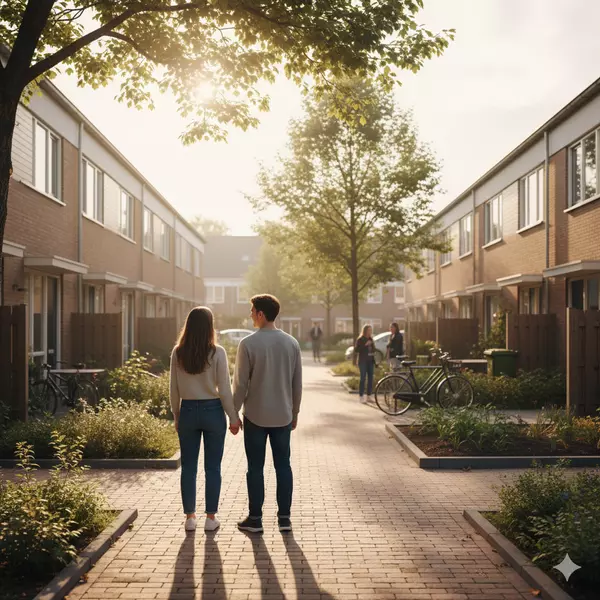

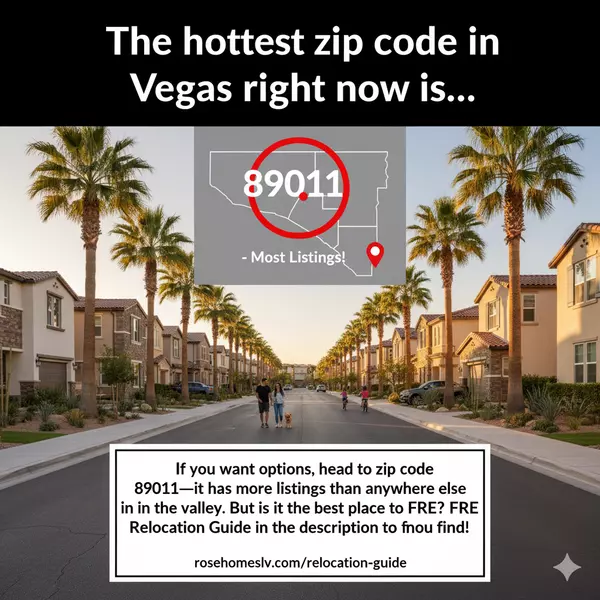

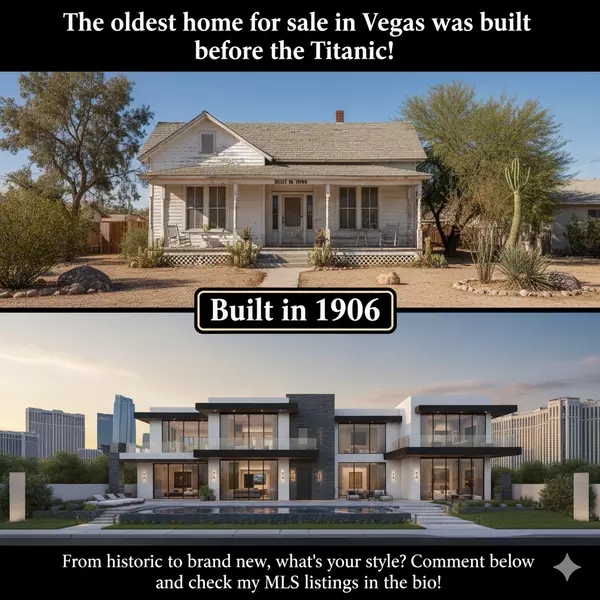

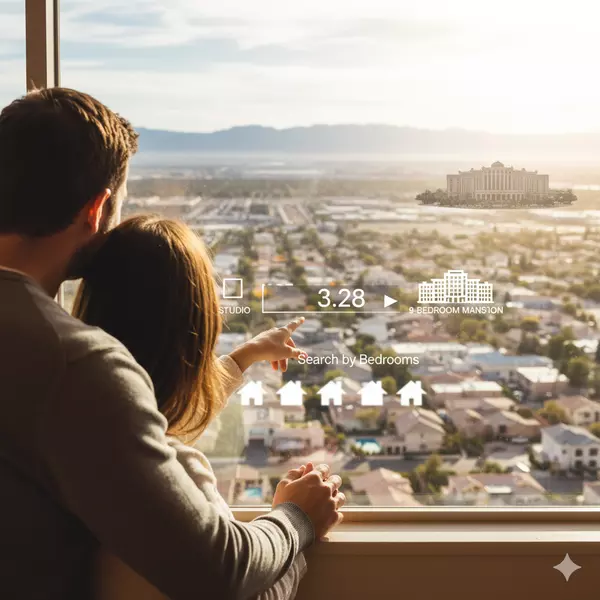

GET MORE INFORMATION

